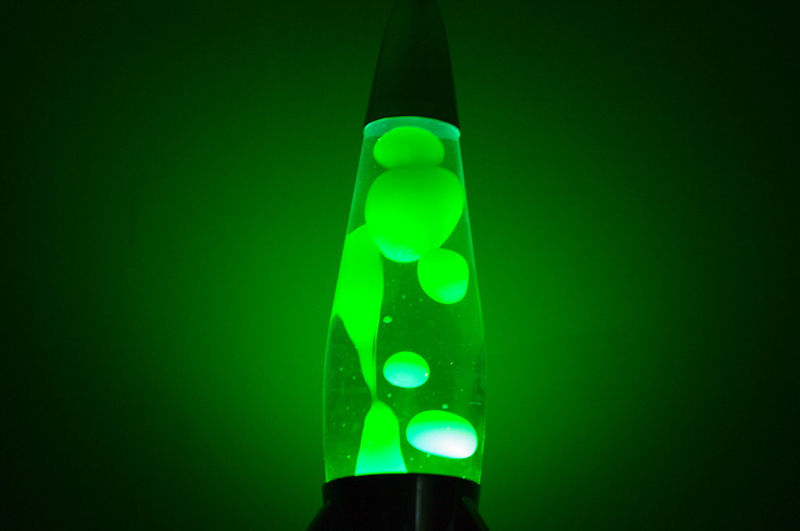RNG, PRNG, CSPRNG
The Endeavour 2024-10-16
Most random number generators are pseudorandom number generators (PRNGs). The distinction may be pedantic or crucial, depending on context. In the context of cryptography, it’s critical.
For this post, RNG will mean a physical, true random number generator.
A PRNG may be suitable for many uses—Monte Carlo simulation, numerical integration, game development, etc.—but not be suitable for cryptography. A PNRG which is suitable for cryptography is called a CSPRNG (cryptographically secure pseudorandom number generator).
A PRNG may have excellent statistical properties, and pass standard test suites for random number generators, and yet be insecure. The output of an insecure generator may have no statistical regularities, and yet have regularities that a sneaky cryptanalyst can exploit. For example, the popular Mersenne Twister is fine for simulations but its output can be predicted after a relatively short run. The prediction depends on a clever set of calculations that would be unnatural from a statistical perspective, which is why its statistical performance is better than its cryptographic performance.
CSPRNGs tend to be much slower than PRNGs, so you pay for security. And for a non-cryptographic application this cost isn’t worth it.
In general, statistical tests give necessary but not sufficient conditions for a PRNG to be a CSPRNG. If a PRNG fails statistical tests, it has some sort of regularity that potentially could be exploited by cryptanalysis. I had to tell a client once that although his PRNG passed the standard statistical tests, I was pretty sure I could break the cryptographic system he wanted to use it in. This news was not well received.

I suspect that a physical RNG with good statistical properties will have good cryptographic properties as well, contrary to the usual case. Cloudflare famously uses lava lamps to generate random bits for TLS keys. Cryptanalysts have exploited minor flaws in PRNGs, and so the lava lamps give Cloudflare one less thing to worry about. (I’m sure they still have plenty else to worry about.)
A physical RNG might fail statistical tests. For example, maybe the physical process is truly random but biased. Or maybe the process of turning physical phenomena into numbers introduces some bias. But it’s hard to imagine that an RNG could have a clean bill of statistical health and yet have a cryptographically exploitable weakness. It’s conceivable that a statistically impeccable physical RNG might have some unforeseen exploitable regularity, but this seems highly doubtful.